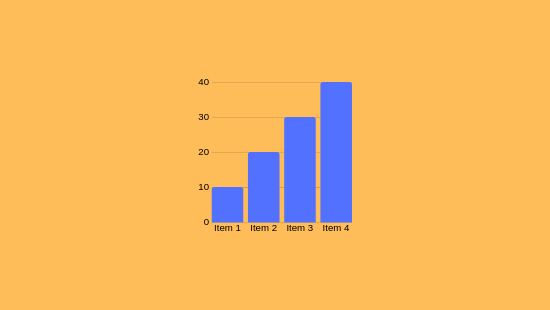
As you explore forex measurements, you'll discover they are computational techniques that scrutinize market numbers to predict market behaviors. These instruments assist in identifying market patterns, confirming market cues, and uncovering overbought or oversold scenarios. For instance, the RSI tracks market force, while Bollinger indicators measure variability. Enhancing your trade techniques by integrating these indicators is crucial, especially if aiming to manage risk effectively.
Understanding Forex Indicators
Forex indicators are mathematical aids integrated in charts to assist traders in analyzing market trends and making informed decisions. They provide perspectives into price changes and potential trading opportunities by processing historical and real-time data.
Forex indicators are divided into four main types: trend indicators (e.g., Moving Averages), momentum indicators (e.g., Relative Strength Index), volatility indicators (e.g., Bollinger Bands), and volume indicators.
These tools can indicate market turns, confirm trends, or highlight overbought/oversold climates. If you're focused on refining your trading strategy, understanding these indicators is fundamental.
Categories of Forex Analytical Instruments
When assessing market trends, investors usually employ a variety of indicators to guide their trading choices.
Forex tools are categorized into different types, each serving specific purposes.
Trend Indicators like Moving Averages (MA) and Bollinger Bands aid in uncovering movement patterns and potential breakouts.
Momentum Indicators, including the Moving Average Convergence/Divergence (MACD) and Relative Strength Index (RSI), identify momentum changes and highlight overbought or oversold conditions.
Volatility Indicators like the Average True Range (ATR) measure fluctuations, helping traders in setting stop-loss thresholds.
When applied wisely, these indicators can enhance trade outcomes.
Key Indicators for Trading Decisions
To executive insightful investment choices, grasping and utilizing key measures that analyze market conditions is imperative.
Price Movements (MA) display average prices over determined timeframes, revealing trends by evening out variations.
The Relative Strength Index gauges market force on a 0–100 scale, flagging overbought conditions above 70 and highlighting excessive sell below 30.
Moving Average Convergence Divergence compares two EMAs to confirm the trend direction, with graphical representations illustrating bullish or bearish phases.
Bollinger Bands utilize variability measures around a moving average to determine volatility and potential reversals.
Fibonacci Retracement levels denote price thresholds based on prior price movements.
Synthesizing these indicators enhances precision by verifying signals read more if aligned, enabling exact timing for currency pairs.
Using Indicators for Risk Management
As you refine investment methods, effectively applying indicators for risk control is essential. Indicators like Moving Averages and Bollinger Bands notice volatility and spot viable trade junctures for risk minimization.
These instruments permit the setting of stop-loss orders and limit orders, critical for modulating potential losses.
For instance, applying stop-loss orders caps losses to a certain limit, such as 2% of your trading portfolio per trade. This disciplined tactic aids in managing forex risks by limiting exposure to fluctuations and leverage, which are significant challenges in currency trading.
Combining Indicators for Enhanced Accuracy
Combining indicators is a accomplished tactic for boosting precision in forex trading. This approach allows for the use of diverse instruments to evaluate several aspects of market dynamics, such as trends, momentum, and variability.
By utilizing indicators like Moving Averages, RSI, and MACD, you can formulate formidable trading strategies. For example, pairing Moving Averages with RSI and Volume validates trend direction and momentum, while Bollinger Bands with Stochastic assess fluctuation and anticipate reversals.
If diverse measurement tools work together, duplications are minimized, and investment prompts are intensified.
Conclusion
You've understood how forex indicators function, encompassing their diversities like trend, momentum, and volatility tools. These instruments aid in uncovering pivots and validating ongoing trends. Through combining tools, investment accuracy is enhanced, and risk management is conducted more adeptly. For instance, using the Relative Strength Index (RSI) to spot overbought conditions and Bollinger Bands to analyze fluctuation can refine your trade choices.
Comments on “Understanding the Functionality of Forex Indicators”